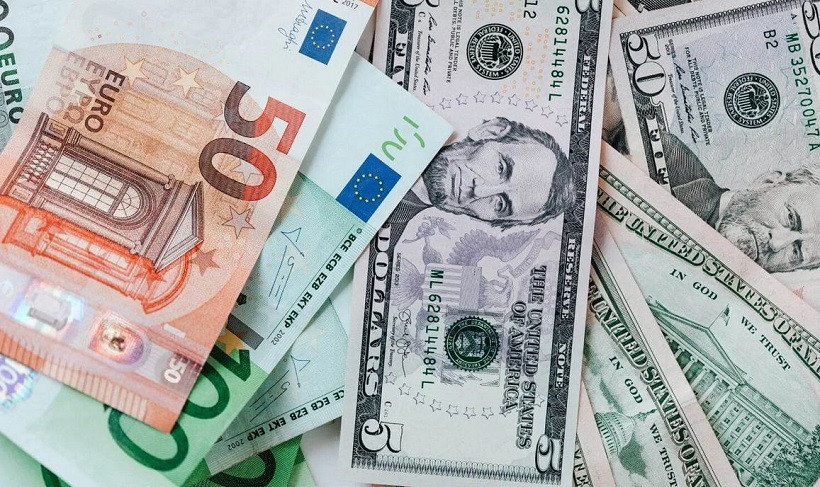
The EUR/USD pair kicked off the new trading week quite calmly, with a slight corrective pullback. Notably, the safe-haven greenback ignored the alarming news on a spike in coronavirus cases in China. The country with a zero-COVID strategy, when even isolated cases result in lockdown, reported almost a thousand new daily COVID-19 infections. Nevertheless, the dollar bulls remained indifferent to this fact. They also ignored improved risk-off sentiment in the markets amid growing geopolitical tensions.
In general, traders are trapped in a wide sideways range. Buyers cannot push the price above parity, while sellers do not risk returning to the level of 0.9500. As a result, the pair is drifting in the middle of the channel, in the area of 0.9600-0.9700.

Today's macroeconomic calendar is bereft of any important releases that could have a severe impact on the EUR/USD pair. Of particular interest is just the Empire State index, which is the New York Fed's measure of manufacturing activity in its district. According to preliminary forecasts, the indicator will drop to -4.3 points. Besides, traders may take note of a speech by Bundesbank President Joachim Nagel. He has been making hawkish comments lately, urging his colleagues to respond decisively to accelerating inflation in the euro area. Today, his rhetoric is likely to be similar, but this will hardly support the euro. Markets are already pricing in a 75-point rate hike at the European Central Bank's October meeting, so the relevant hints from regulator members will not affect market sentiment.
On Tuesday, several releases will set the tone for the pair's dynamics. Firstly, China is set to report data on its economic growth for the third quarter. This news may dampen or boost demand for risky assets. Secondly, The ZEW economic research institute will release its economic sentiment indices for Germany and the euro area. The indicators are expected to fall. Thirdly, the United States will publish statistics on industrial production. Economists forecast industrial production to increase by 0.1% following a decline into negative territory a month earlier.
On Wednesday, the focus of market participants will be on September inflation in the euro area (the final estimate is anticipated to be in line with the initial one) as well as US building permits (the indicator is forecast to decline). However, these reports have a limited impact on the quotes.
Thursday's macroeconomic calendar is full of significant events. On this day, several Fed members - James Bullard, Philip Jefferson, Lisa Cook, and Michelle Bowman - will speak. They are likely to comment on the latest inflation report published last week. In particular, they may assess the dynamic of the core consumer price index, which has increased by 6.6%, hitting a 40-year high. On Thursday, traders may also pay attention to the Philadelphia Federal Reserve's manufacturing activity index, initial and continuing jobless claims, as well as data on US existing home sales.
Well, Friday's economic calendar is not rich in significant events. Only Eurozone consumer confidence may have a certain impact on the pair. The index is expected to dip to -30. Furthermore, traders may take notice of a speech by New York Fed president John Williams, who has a vote on the Committee and is considered one of the most powerful Fed members.
In my opinion, this week, the dollar traders will focus primarily on the level of interest in risky assets, as well as on the rhetoric of Fed members. Macroeconomic indicators will take a back seat.
In addition, being a safe-haven asset, the dollar may react to possible events in the UK. Notably, according to the British media, today top-ranking British government officers will hold talks on the so-called "rescue mission" that implies a swift removal of Liz Truss as Britain's Prime Minister. At the same time, Truss is planning to present an updated anti-crisis plan today, which probably includes some tax cuts. In general, these events may increase market volatility, while the dollar will act as a safe-haven currency.
From a technical point of view, the EUR/USD pair on the D1 chart is trading between the middle and lower lines of the Bollinger Bands indicator, as well as along all the lines of the Ichimoku indicator (including below the Kumo cloud). This suggests that the best way to make a profit in the medium term is to open short positions. Targets remain unchanged: 0.9700, 0.9600, and 0.9560 in the long term (the bottom line of Bollinger Bands on the daily chart).